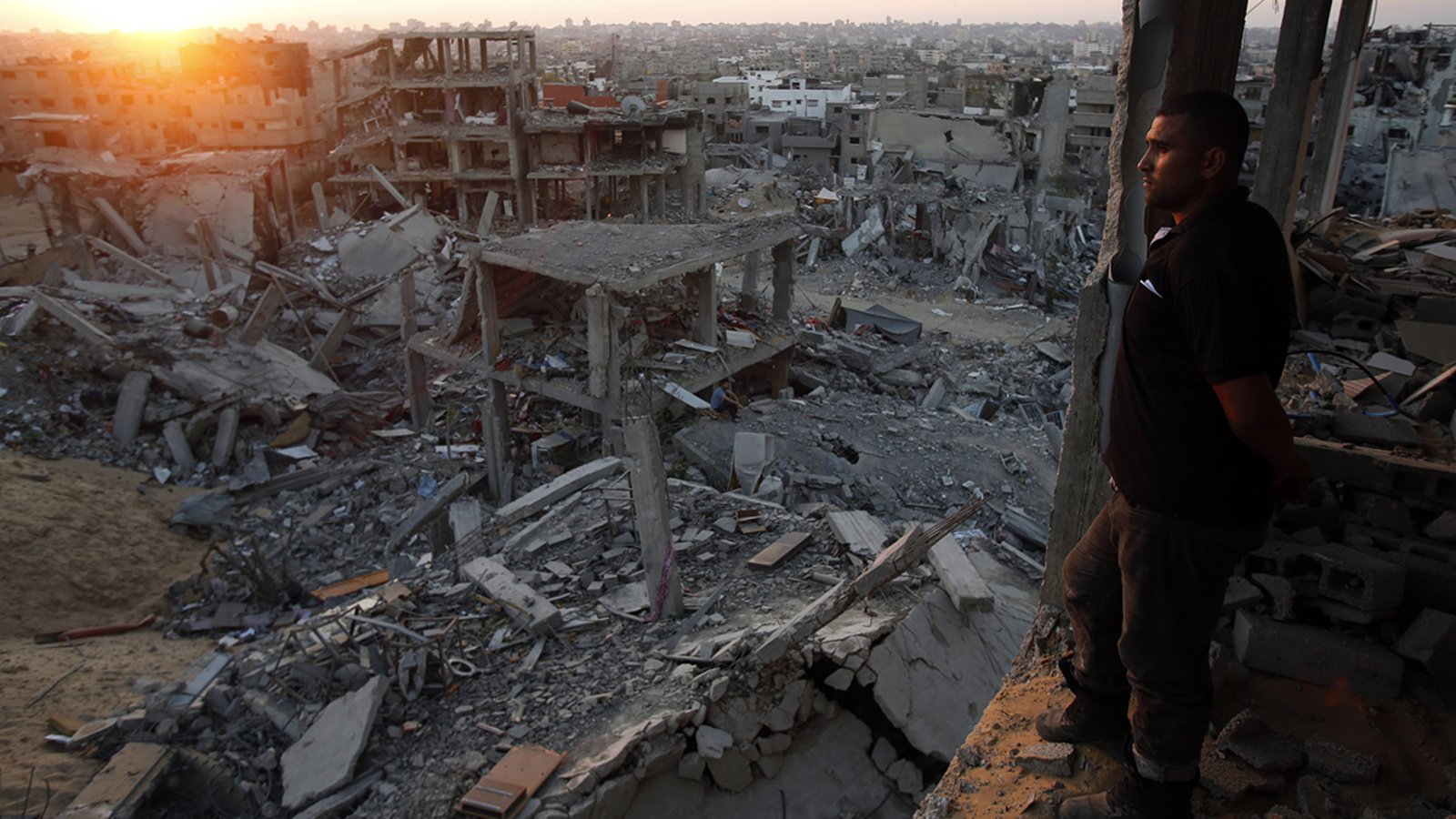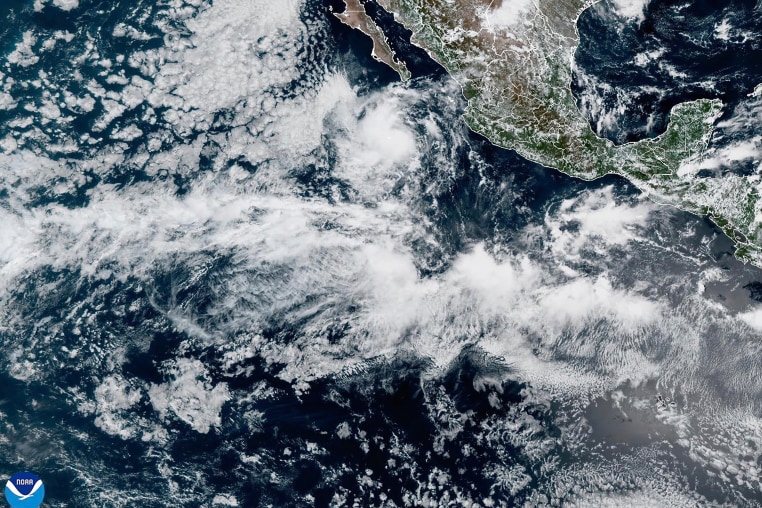Report on Advanced Climate Risk Assessment in Alignment with Sustainable Development Goals
Leveraging Predictive Modeling to Enhance Climate Action (SDG 13)
A strategic initiative is underway to stress test and model how climate-related risks may evolve. This forward-looking analysis directly supports the objectives of SDG 13: Climate Action by strengthening resilience and adaptive capacity to climate-related hazards.
- The primary focus is on understanding the potential portfolio impact of increased tropical cyclone activity.
- Advanced simulation tools are used to model scenarios involving rising sea surface temperatures and the corresponding intensification of storms.
- The objective is not precise prediction but rather strategic preparedness for potential future climate scenarios, a key tenet of effective climate action.
Strategic Innovation and Partnerships for Resilient Infrastructure (SDG 9, SDG 11, SDG 17)
The implementation of this risk assessment framework relies on technological innovation and collaboration, reflecting the principles of several Sustainable Development Goals.
- Innovation and Infrastructure (SDG 9): The use of a specialized modeling vendor, Verisk, demonstrates a commitment to leveraging innovative technology to build resilient infrastructure and promote sustainable industrialization. By simulating the effects of intensifying storms, organizations can better safeguard critical assets.
- Sustainable Cities and Communities (SDG 11): The insights gained from these climate models are crucial for making human settlements and cities more inclusive, safe, resilient, and sustainable. Understanding how rising sea temperatures might affect regional storm activity helps protect communities from climate-related disasters.
- Partnerships for the Goals (SDG 17): The collaboration between the reporting entity (ICAT) and its technology vendor (Verisk) exemplifies the multi-stakeholder partnerships required to achieve the Sustainable Development Goals. This partnership mobilizes technology and expertise to address the complex challenge of climate change.
1. Which SDGs are addressed or connected to the issues highlighted in the article?
-
SDG 13: Climate Action
The article directly addresses climate change by discussing the need to model and understand the impacts of “rising sea surface temperatures,” “increased tropical cyclone activity,” and “intensifying storms.” This focus on adapting to and preparing for climate-related hazards is the core of SDG 13.
-
SDG 11: Sustainable Cities and Communities
The discussion of stress-testing how climate change might “affect exposures” and a “portfolio” implies a focus on protecting assets, infrastructure, and communities from climate-related disasters. This aligns with the goal of making human settlements resilient.
-
SDG 9: Industry, Innovation and Infrastructure
The article mentions the use of advanced “modeling” and “simulation” tools from a vendor (Verisk) to assess risks to a “portfolio.” This highlights the role of innovation and technology in building resilient infrastructure and industries capable of withstanding climate impacts.
2. What specific targets under those SDGs can be identified based on the article’s content?
-
Target 13.1: Strengthen resilience and adaptive capacity to climate-related hazards and natural disasters in all countries.
The article’s central theme is about building adaptive capacity. The statement, “We have the ability to stress test how our risk might change in a scenario with increased tropical cyclone activity,” is a direct example of an action taken to strengthen resilience against climate-related hazards.
-
Target 11.5: By 2030, significantly reduce the number of deaths and the number of people affected and substantially decrease the direct economic losses relative to global gross domestic product caused by disasters…
By simulating how “intensifying storms might affect exposures,” the entity in the article is attempting to understand and ultimately mitigate the potential economic losses from climate-related disasters, which is the main objective of this target.
-
Target 9.1: Develop quality, reliable, sustainable and resilient infrastructure…
The concern over what rising sea temperatures “might mean for our portfolio” suggests that the portfolio consists of infrastructure or other physical assets. The act of stress-testing these assets against climate scenarios is a key step in ensuring they are resilient.
3. Are there any indicators mentioned or implied in the article that can be used to measure progress towards the identified targets?
-
Changes in climate-related hazards
The article explicitly mentions “increased tropical cyclone activity,” “rising sea surface temperatures,” and “intensifying storms” as key variables. These are direct physical indicators used in the models to measure the changing climate risks.
-
Modeled impact on economic assets
The article implies a quantitative assessment of risk. The question, “what might that mean for our portfolio?” suggests that the output of the simulation is a measure of impact, likely in financial or economic terms. This “modeled economic loss” can serve as an indicator of vulnerability and resilience.
-
Adoption of climate risk assessment tools
The use of a “modeling vendor, Verisk” to “stress test” and “simulate” climate scenarios is itself an indicator. It shows the adoption of advanced tools and strategies for disaster risk management and climate adaptation, measuring progress in institutional capacity.
4. Table of SDGs, Targets, and Indicators
| SDGs | Targets | Indicators (Implied from Article) |
|---|---|---|
| SDG 13: Climate Action | 13.1: Strengthen resilience and adaptive capacity to climate-related hazards and natural disasters. |
|
| SDG 11: Sustainable Cities and Communities | 11.5: Significantly reduce direct economic losses caused by disasters. |
|
| SDG 9: Industry, Innovation and Infrastructure | 9.1: Develop quality, reliable, sustainable and resilient infrastructure. |
|
Source: insurancebusinessmag.com







